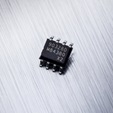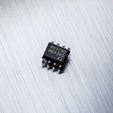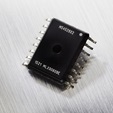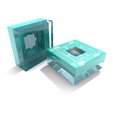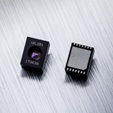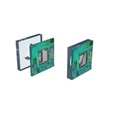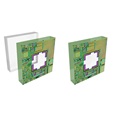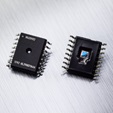How Melexis’ pressure sensors contribute to CO2 emission reduction
By Laurent Otte, Melexis
When you watch the evolution of the polar ice over the last 30 years - as clearly visualized by NASA -, it is clear that scientific evidence for global warming is unequivocal. To fight global warming, one of the necessary measures is to reduce CO2 emissions. Many of the Melexis’ pressure sensors have been developed to contribute to that goal. The MLX90821, for instance, enables deploying fuel vapor systems in hybrid vehicles, as carefully explained in this article.
Even though the automotive industry plays an important role in addressing global warming, other industries certainly have their impact too. Studies state that the ecological footprint of buildings - both residential and commercial - is similar to that of the automotive industry. It is key to have a good house thermal insulation and an effective HVAC system in buildings and private homes. People who live near busy harbors can probably confirm that large cargos and cruise ships in the marine industry contribute to global warming too.
Let’s have a look at a specific Melexis pressure-sensing solution for oil-filled applications across different industries.
With Melexis’ latest new absolute mid-pressure sensor solution, the MLX90820, an ideal fit is foreseen for oil-filled module designs. The product brings monolithic integration advantages compared to previous generations of discrete solutions like the MLX90815 and the MLX90816 sensing elements that could be used together with a signal conditioning IC such as MLX90328. Together with the MLX90819 relative mid pressure sensor, the MLX90820 completes our portfolio of mid-pressure sensor bare die solutions.
The MLX90819 is the automotive counterpart of the MLX90820 and is an ideal solution for automotive mid-pressure sensors, used as a backside exposed device. (see below images)

Backside exposed device - MLX90819
HVAC systems in passenger vehicles are only one example of an application for such a device where the MEMS technology can bring miniaturization, performance and robustness advantages over the more classic ceramic-based sensing element. (see below image)
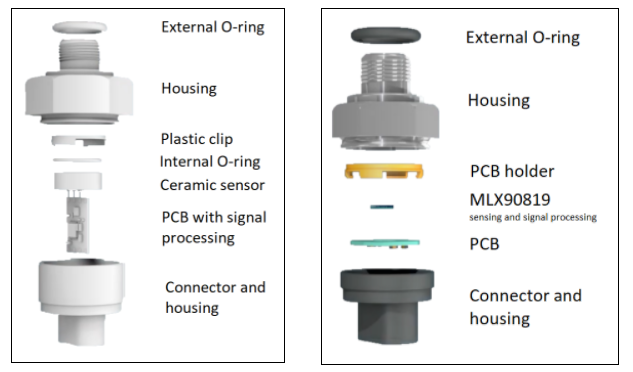
Generic MID Pressure sensor approach - Melexis MEMS MID Pressure sensor approach
When larger systems, such as HVAC systems in buildings and industrial processes or engines in large boats, are considered, it becomes key to prevent any risk of leakage from inside the pressure sensor module that can potentially occur when sealing the ceramic sensor with an internal O-ring or when using die-attach-material to glue the backside exposed MEMS directly in the module housing. Intrinsic hermeticity is one of the key advantages of the so-called “oil-filled” pressure sensor solution. (see below image)
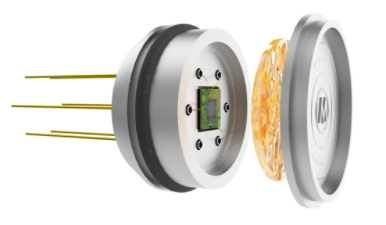
The pressure sensor is mounted inside of a hermetic module and a metallic membrane welded to the module is in contact with the application media, making any leakage inside of the housing impossible. Dielectric oil inside of the housing transmits the pressure coming from the bending of the metallic membrane to the MEMS sensor. Oil-filled pressure sensors are not new in the industry and are already extensively used. Yet they bring challenges to MEMS devices as the dielectric oil gets charged and disturbs the pressure sensor output. Whereas discrete solutions robust to oil charging, like the MLX90815 and MLX90816, already exist, the MLX90820 is the first fully monolithic solution to offer superior robustness when used in oil-filled pressure sensor module designs. Thanks to the monolithic integration, the assembly steps at customers and the supply chain can be simplified, which helps to expand the oil-filled pressure sensor market and as a consequence helps markets such as HVAC in buildings and the marine sector to reduce their footprint in global warming.
Melexis pressure sensor IC solutions for your application
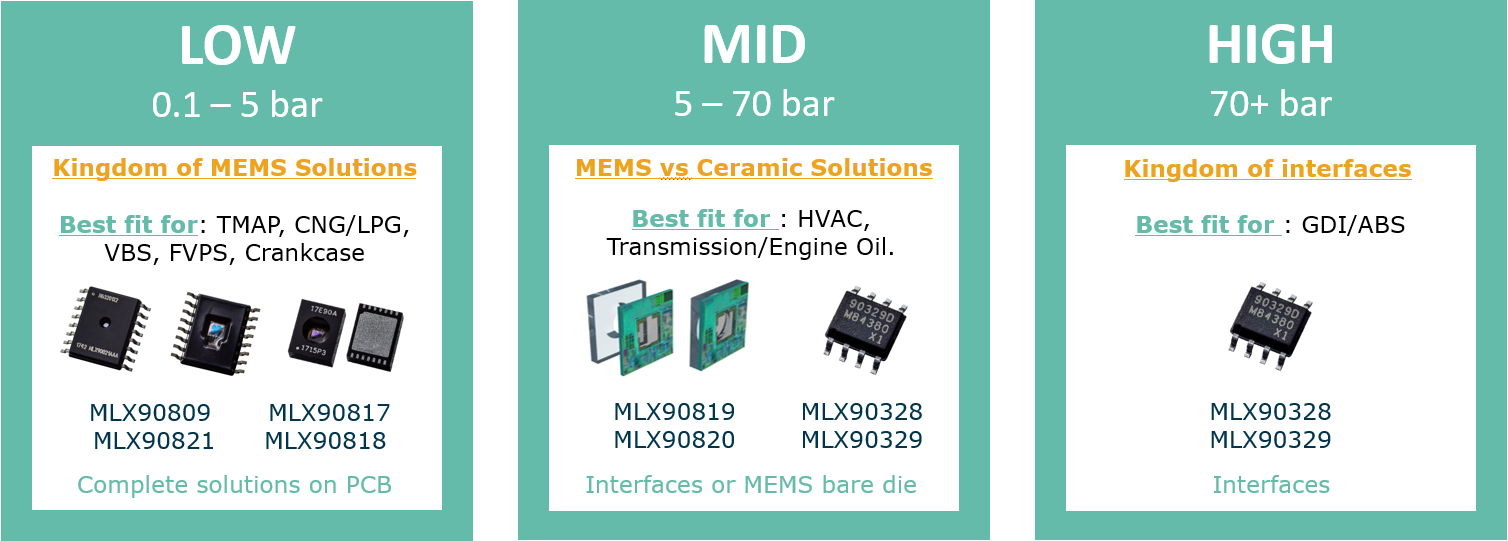
Read more in our selection guide

